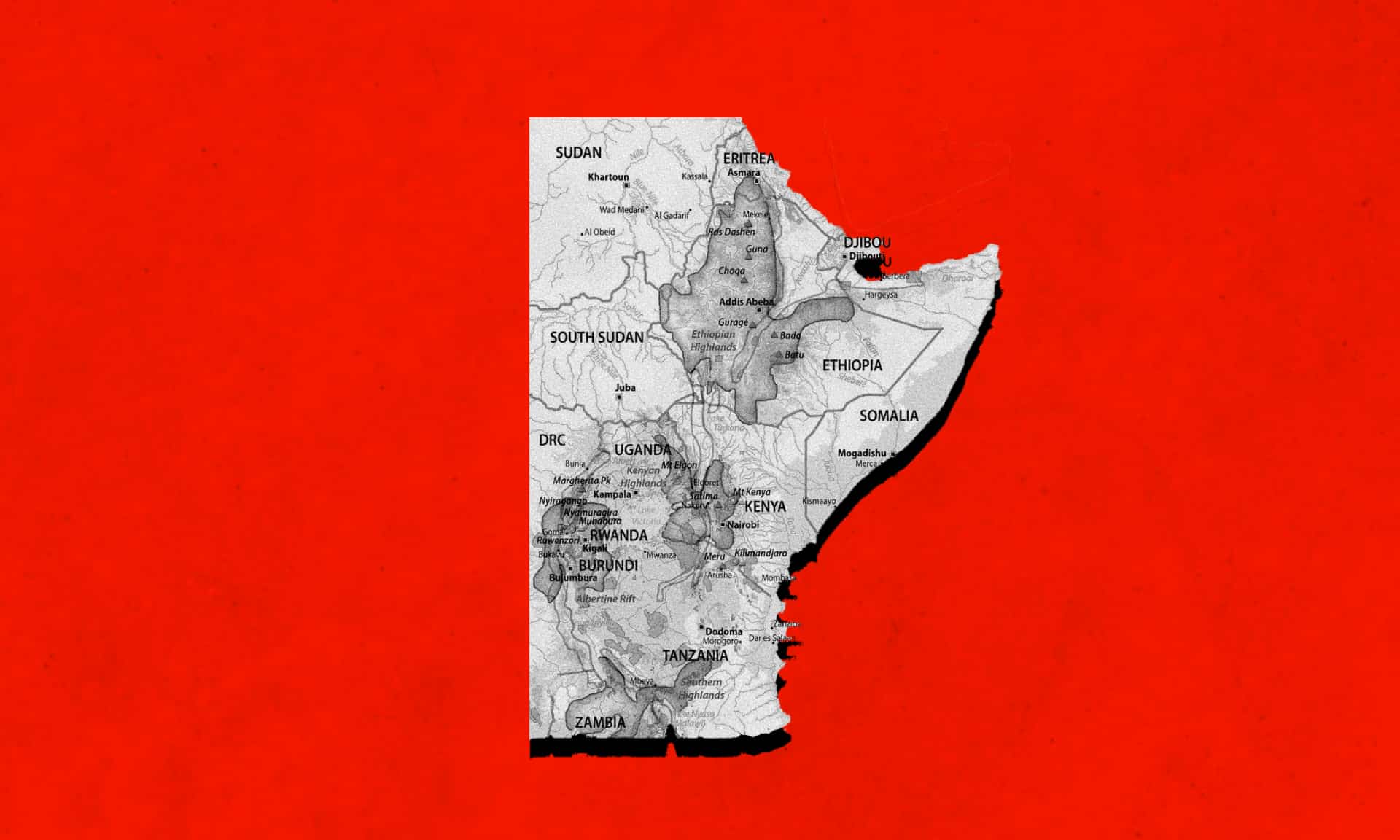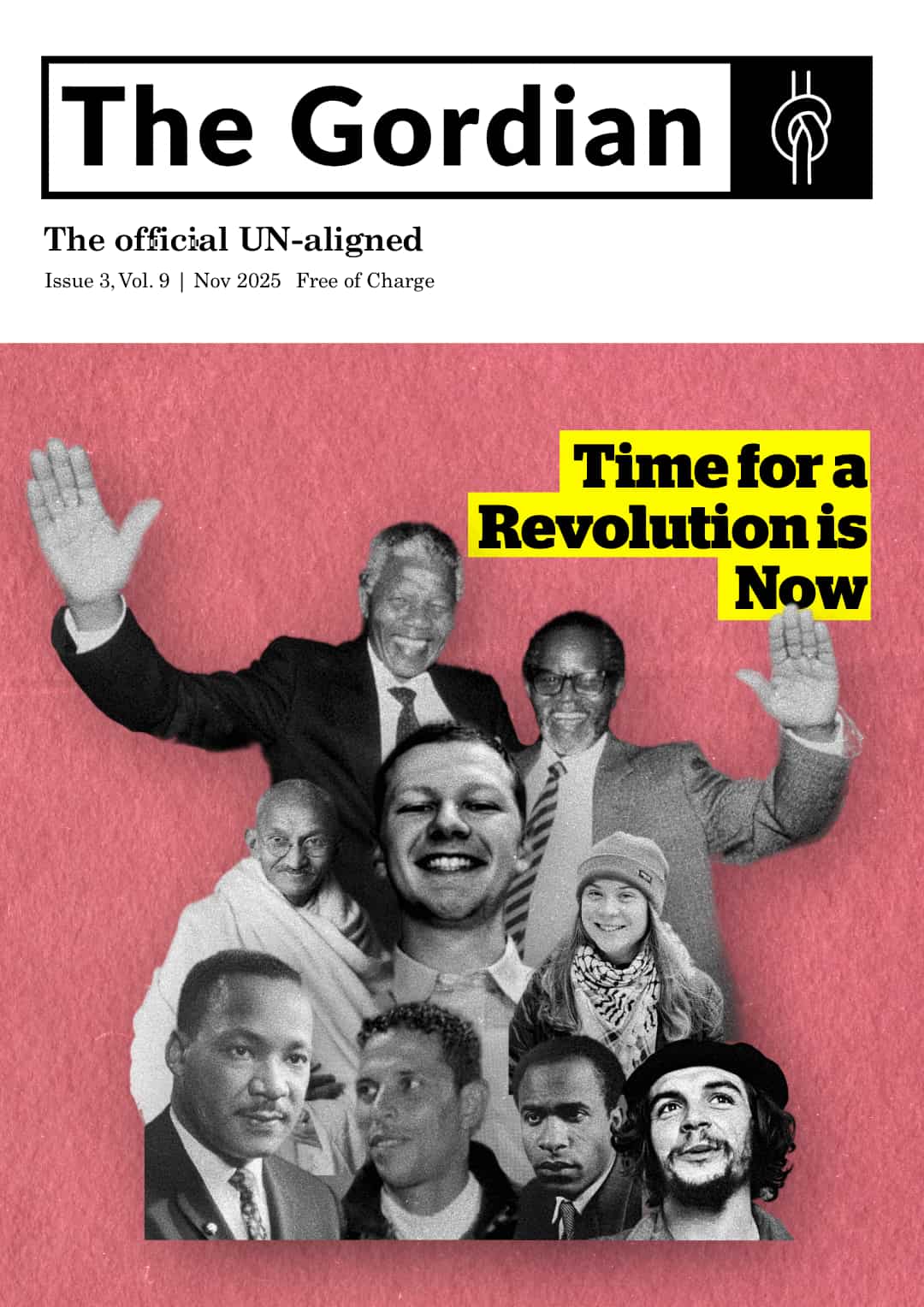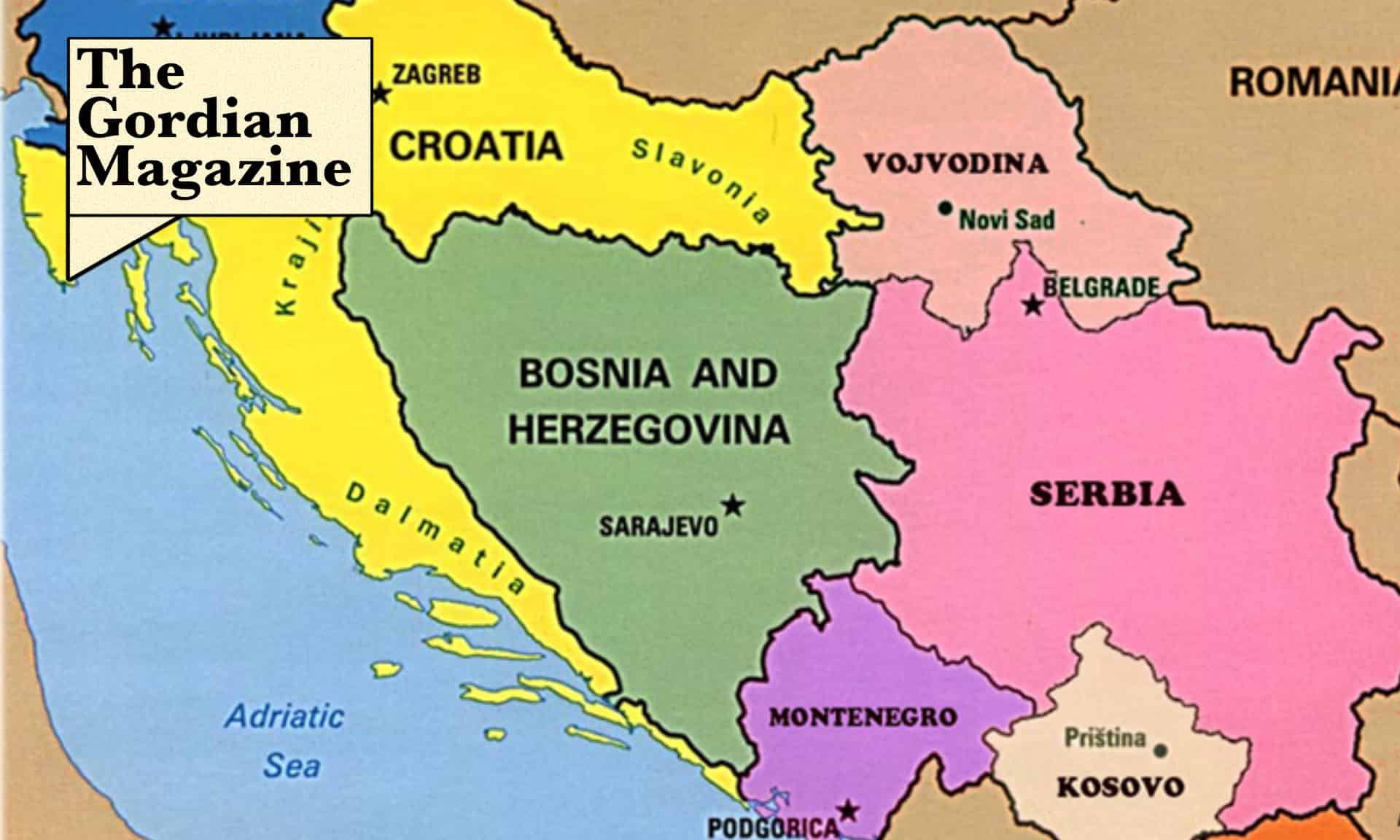The Forging of an East African Federation

The First Shot at an East African Community
The three countries of East Africa - Kenya, Tanzania (which is a union of Tanganyika and Zanzibar), and Uganda - were administered as one unit under the East African Common Services. When granting them independence, the British expected that these countries would eventually integrate into one political union, as had happened to Tanganyika and Zanzibar.
The concept of a political federation for East Africa emerged in the 1960s. The idea took shape in 1967 when the East African Community, a confederate government, was formed by the republics of Kenya, Uganda, and Tanzania. The heads of states of Kenya, Uganda, and Tanzania, by signing the treaty establishing the community, became its patron and hoped to use the community as a launching pad towards deeper political, economic, and socio-cultural integration.
Contrary to their expectations, there was a gradual erosion of political goodwill among the heads of state of Kenya, Uganda, and Tanzania. There were also ideological differences between Uganda, with its ‘Common Man declaration’ and Tanzania, which had communist leanings under the ‘ujamaa’ policies of Dr. Julius Nyerere, as well as differences with Kenya which tended towards liberal capitalism.
There were personality clashes between the heads of state. Nyerere and Milton Obote, the Prime Minister of Uganda, did not want to lose their political constituencies by forming a political union, as they knew Mzee Jomo Kenyatta, the President of Kenya, would be the obvious candidate for East African President as he was the most senior of the three. The ascent of Idi Amin to power in Uganda through a military coup further complicated issues, and led to tensions and military confrontations between Uganda and her two neighbours. The fact that these heads of state could not meet for the East African Community summit put the nail in the coffin in the matter of East African integration.
The economic disparity between the three countries was the main factor that led to the collapse of the community. Kenya was seen to be gaining the lion’s share of the economic benefits of regional integration.
The East African Community was disbanded in 1977, as each country nationalized the common services and liquidated the assets that were within their own borders. Each country went ahead to create its own currencies, airline carriers, railway corporations, and other remnants of the former common services.
21st Century Revival
At the beginning of the 21st century, the idea of one East Africa was finally revived by the ratification of the treaty of the East African Community in 1999. The three countries of Kenya, Uganda, and Tanzania were finally united in a confederacy.
Each state remained an autonomous unit of the whole while cooperating to harmonise a set of policies and instruments. Rwanda and Burundi joined the East African Community shortly thereafter, in 2007. South Sudan joined in 2011 after attaining independence. The protocol for the East African Customs Union was effective from 2005 onwards, and the East African Common Market came into force from 2010.
The final step towards a political federation is drafting a constitution for the East African Federation.
The next stage of the East African Community’s phased regional integration process is the Monetary Union which is set to begin from 2024. At that stage, the region will revive its common currency, the East African Shilling, which was used from 1921 till 1969, when it was replaced by the state currencies. The Monetary Union is going to be under one taxation, monetary and fiscal regime.
The final step towards a political federation is drafting a constitution for the East African Federation that will be accepted by all the countries of East Africa, including the Democratic Republic of Congo, whose membership is currently under review.
We can see the identity of the ‘East African’ come into being, as well as the support the regional integration process will need to stay on course. The East African Federation shall have one President, and an executive cabinet. The East African Legislative Assembly will be expanded in its legislative powers, and East Africans given universal suffrage in the election of its members. The East African Court of Justice will be given broad prerogatives to adjudicate issues between the states and more jurisdictions.
The East African Monetary Institute came into effect on 1 July 2021, as the precursor to the East African Central Bank. The East African Monetary Institute, the East African Statistics Commission, the East African Financial Services Commission, and the East African Surveillance, Compliance, and Enforcement Commission are the transitional mechanisms towards the East African Monetary Union.
The Monetary Union will be in place after the introduction of a common currency, the establishment of a central regional bank, the attainment of microeconomic convergence criteria, the harmonization of policies and regulatory frameworks, and the establishment of the aforementioned institutions. The East African Federation will be characterized by a uniform policy in foreign policy, defense, tax, trade, and monetary and fiscal matters.
The Role of the Young World Federalists of East Africa
We, the Young World Federalists of East Africa, are instrumental in bringing about these developments. We are the pioneers of the East African political federation, and our voices must count. Our mission is to fast-track the process of the East African Federation. We are mobilizing for grassroots support for the movement. We are connecting people and businesses across the region at such an exponential pace. We are the thought leaders of the economic, cultural, and political integration of the East African Community.
We are serving the economic pillar of East African integration by being a consultant for domestic businesses regarding how they can expand their operations to the entire region. We shall play an advisory role on how businesses can register their corporations in different countries, and what tax and other regulatory measures will need to be observed.
One of our initiatives in this aspect is to create information channels for business opportunities in the region. For this quarter, our focus is the Kenyan market, especially the money markets, capital markets, and commercial operations.
We are the pioneers of the East African political federation, and our voices must count.
We are going to support the cultural pillar of East African integration by creating a news media that shall tell the East African story as we experience it and we will champion for the formal adoption of Swahili as the primary official language. One of our initiatives is to create a news media channel with a regional focus.
We are going to promote the political pillar of East African integration, in collaboration with other partners and stakeholders, to ensure that there is democratization in the region, there is plurality in the social sphere, there is respect for human rights, and that the common market protocol is implemented.
We shall also hold the EAC accountable, as well as encourage individuals and interest groups in the East African Community to use the Community as a platform for lobbying when their desired policy fails to find root within their individual states. We shall use our information networks to spread awareness of the Community, its mandate, policies, and programs. We shall publish written and audiovisual content to promote the federalization process in the region.
- Kennedy Karanja is the Organising Lead for Young World Federalists East Africa. To learn more about the chapter and get involved go here.



